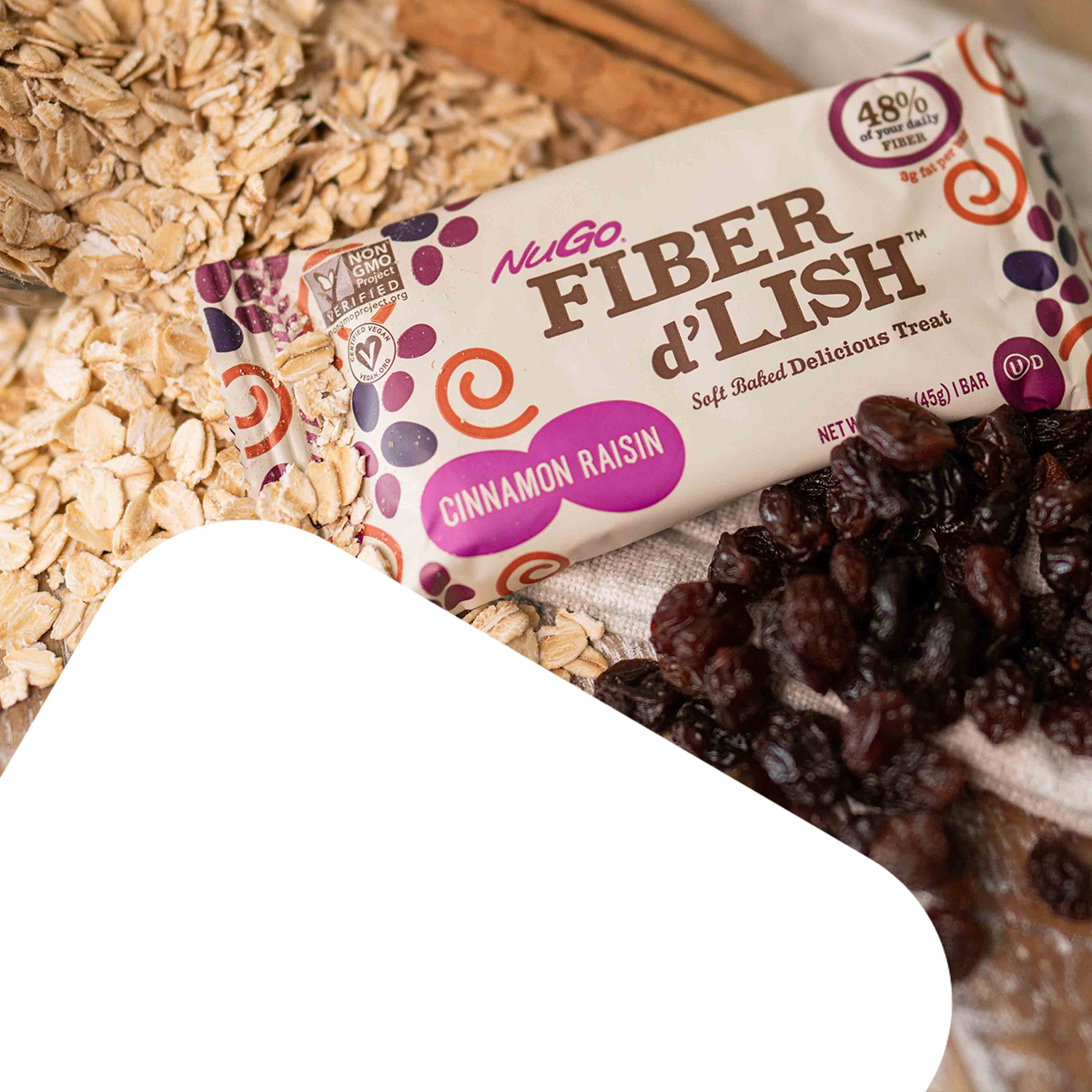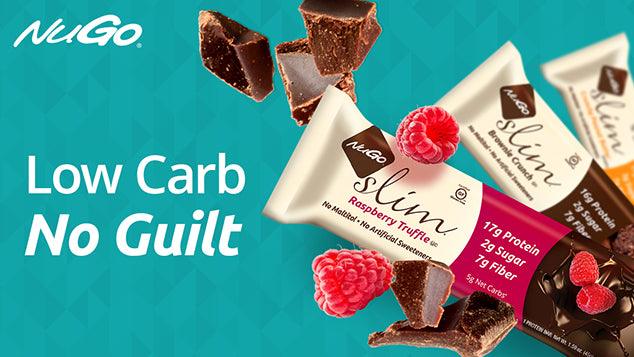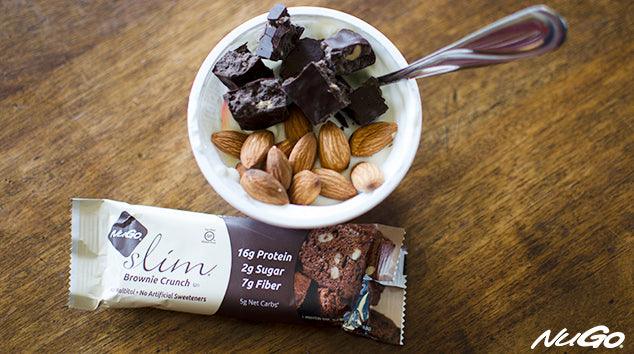Low carbohydrate diets were introduced in the early 1970s, and have seen several re-introductions since. From the famed Atkins diet, to South Beach, and now to the more recent Paleo approach, low carbohydrate diets have seen their heyday several times over. Still, controversy remains as to whether or not this type of diet is the best approach to a healthy eating style. Here’s an update on more recent low carb food trends.
Be smart about low carb diet products
Bread, beer and pasta – foods traditionally known as high in carbohydrates – are now available as low carb options. This seems like good news for people who are looking for some of their favorite foods in a low carb option, but also confusing for the average consumer. While labels like, “low cholesterol” and “low sodium” are well defined by the FDA, a proper definition for “low carb” doesn’t yet exist. What is important for consumers to realize is that many packaged foods marketed as “low carb”” are not necessarily healthier or more nutritious than their regular-carb counterparts, and they tend to contain roughly the same number of calories. If you are someone who is seeking low carb food products for the purpose of weight loss, inform and educate yourself by reading the nutrition facts panels on your favorite low carb food products, and remember that calories matter.
A hidden benefit
Many low carb food products contain other carbohydrates such as glycerin, which adds sweetness and texture. These, along with fiber, are often subtracted from the total number of carbohydrates listed on the nutrition facts panel. The result – “net carbs.” Other carbs like glycerin do not raise blood sugar as quickly as regular carbohydrates, but they still have calories. A benefit of low carb food products is that the highly processed starches added for texture and bulk is difficult for the body to digest, and bodies recognize it as fiber. Given most Americans’ low fiber intake, this isn’t so bad.
Diabetes
A low carb diet is useful in managing diabetes and prediabetes. According to the American Diabetes Association, the best meal-planning tool for most people with diabetes is carbohydrate counting – focusing on the total number of carbs consumed. Further, using the glycemic index (GI) may provide added benefit for achieving individual blood glucose goals. Several organizations, including the World Health Organization, endorse the use of a low GI diet to control diabetes.
NuGo Slim high protein bars have 5-6 grams of net carbs and a very low glycemic index of 24-29 to help avoid blood sugar spikes. The calculation for Net Carbs is Total Carbs – Fiber – Other Carbs = Net Carbs. This is a common way to calculate net carbs. The other carbs in NuGo Slim comes from vegetable glycerin which has minimal impact on blood glucose levels.
Take-away
Modern-day low-carb diets have moved away from things like bacon and other high-fat meats. Instead, lean meat, fish, poultry, eggs, and most fruits and vegetables compose this approach to eating. This yields its benefits, particularly the fruits and vegetables, but still unnecessarily restricts many health-promoting foods such as dairy products, oats, quinoa and legumes – foods that greatly contribute to a balanced diet. If a low carb diet is the way you like to go, be smart and selective about your choices to ensure you are getting the nutrition you need, particularly the iron, calcium and fiber that lack in many low carb diet products and approaches. Read nutrition facts labels, focus on plant foods, choose lean meats, and include high-fiber whole grains and legumes to round out your daily menu.










Leave a comment
This site is protected by hCaptcha and the hCaptcha Privacy Policy and Terms of Service apply.